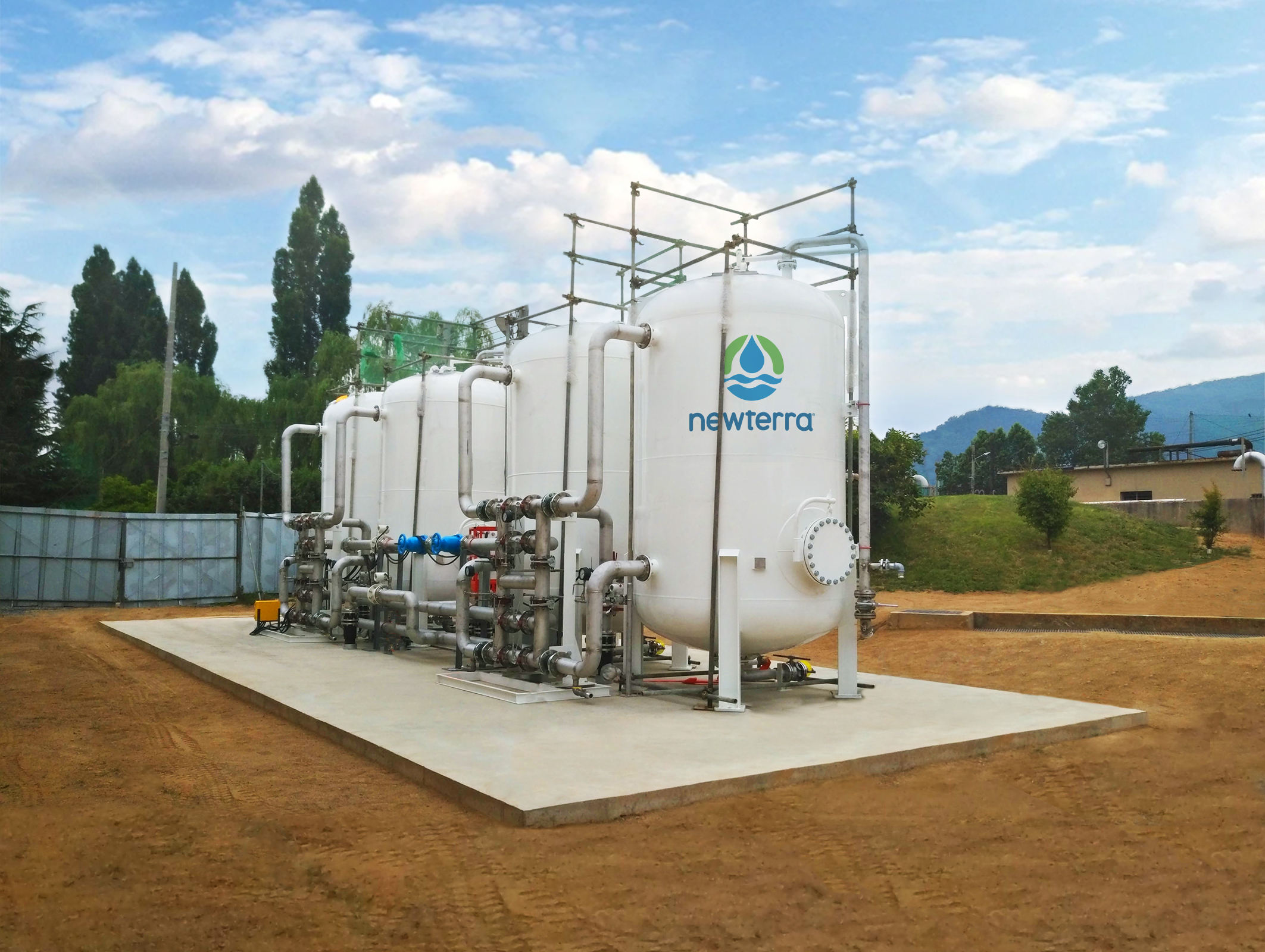PFAS Treatment in Groundwater
Wiki Article
Cutting-edge PFAS Treatment Solutions for Safer Water
The boosting prevalence of PFAS contamination in water products requires a vital evaluation of innovative therapy services. Additionally, emerging bioremediation methods use a more lasting approach to dealing with PFAS obstacles. pfas management.Summary of PFAS Contamination
PFAS contamination has actually become a significant environmental and public health and wellness concern. Per- and polyfluoroalkyl substances (PFAS) are a group of synthetic chemicals understood for their perseverance in the environment and human body, leading them to be typically referred to as "permanently chemicals." These substances have actually been commonly made use of in numerous sectors, consisting of firefighting foams, water-repellent textiles, and food product packaging, primarily due to their water- and grease-resistant residential properties.The widespread use PFAS has resulted in their discovery in dirt, water supplies, and also in the blood of humans and animals. Research studies have actually connected PFAS exposure to various health and wellness problems, consisting of developing results in infants, immune system disorder, and different types of cancer cells. In addition, the ecological determination of these compounds complicates their destruction and removal, elevating concerns about long-term ecological effects.
Governing bodies are increasingly applying rigorous standards to keep an eye on and decrease PFAS levels in drinking water and other environmental tools. As understanding of PFAS contamination expands, it has become critical for communities and industries to seek effective therapy services to alleviate exposure and protect public health.
Advanced Filtration Technologies
As the urgency to address PFAS contamination escalates, progressed filtration technologies have actually emerged as an essential element in the remediation initiatives aimed at removing these consistent chemicals from water resources. These innovations leverage advanced devices to efficiently target and record PFAS compounds, which are infamously immune to conventional therapy methods.One of one of the most appealing approaches is using granular activated carbon (GAC), which adsorbs PFAS particles as a result of its high surface area and permeable structure. This approach has been commonly carried out in both municipal and industrial setups, showing significant reductions in PFAS focus. Additionally, ion exchange materials have acquired traction, particularly created to uniquely bind PFAS ions from water, thus facilitating their removal.
Membrane filtration innovations, such as reverse osmosis and nanofiltration, likewise reveal efficiency in PFAS elimination by literally dividing impurities from water - pfas management. These systems can attain high degrees of pureness, making them ideal for drinking water applications
Chemical Treatment Advancements
Countless chemical therapy innovations are being explored to effectively attend to PFAS contamination in water materials. One encouraging strategy entails making use of advanced oxidation processes (AOPs), which utilize powerful oxidants such as ozone, hydrogen peroxide, or chlorine dioxide combined with UV light to break down PFAS substances into less unsafe substances. This technique has actually shown efficacy in lab setups, revealing possible for scalability in real-world applications.Another ingenious approach is the advancement of ion-exchange materials especially created to target PFAS. These materials can selectively adsorb PFAS substances from water, enabling their removal during therapy procedures. Current advancements have boosted the performance and ability of these resins, making them a positive choice for water therapy centers.
In addition, scientists are investigating making use of chemical representatives like persulfate and ferrous ions to enhance the deterioration of PFAS in polluted water. These agents can generate chemical responses that facilitate the failure of persistent PFAS compounds.
Emerging Bioremediation Strategies
Current advancements in chemical treatment innovations have actually led the way for exploring bioremediation techniques as a feasible alternative for addressing PFAS contamination. Bioremediation utilizes the all-natural metabolic procedures of bacteria to weaken or change pollutants, making it an attractive technique for taking on persistent contaminants like PFAS.
Emerging techniques in bioremediation include the usage of genetically crafted bacteria that can specifically target and damage down PFAS substances. These microbial stress are being developed for their enhanced destruction abilities, increasing the effectiveness of the remediation process. In addition, scientists are examining the possibility of plant-assisted bioremediation, where specific plant species might uptake and withdraw PFAS from polluted soil and water.
One more promising technique is the application of bioaugmentation, which involves introducing helpful microorganisms right into polluted environments to enhance the degradation of PFAS. This technique can facilitate faster remediation timelines and boost general performance.

Governing Frameworks and Criteria
A detailed governing structure is essential for successfully taking care of PFAS contamination and ensuring public health protection. The enhancing recognition of per- and polyfluoroalkyl compounds (PFAS) as ecological toxins has actually motivated numerous federal and state pfas management agencies to create standards that regulate their existence in water materials. The United State Epa (EPA) has established health and wellness advisories and is pursuing establishing enforceable limitations for PFAS in drinking water.State-level guidelines differ substantially, with some states embracing stricter standards than those recommended by the EPA. These guidelines typically include maximum impurity levels (MCLs) for particular PFAS substances, surveillance demands, and reporting obligations for water energies. Furthermore, emerging structures concentrate on the remediation of contaminated websites, emphasizing the demand for reliable treatment modern technologies.

Final Thought
To conclude, the advancement and application of ingenious PFAS therapy services are crucial for attending to the prevalent concern of water contamination. Advanced filtration technologies, chemical treatments, and emerging bioremediation strategies jointly offer a multifaceted approach to effectively reduce and degrade PFAS levels. As regulatory frameworks remain to progress, integrating these modern technologies will certainly be vital to guard public health and wellness and restore the integrity of infected water resources, inevitably adding to a cleaner and much safer atmosphere.Report this wiki page